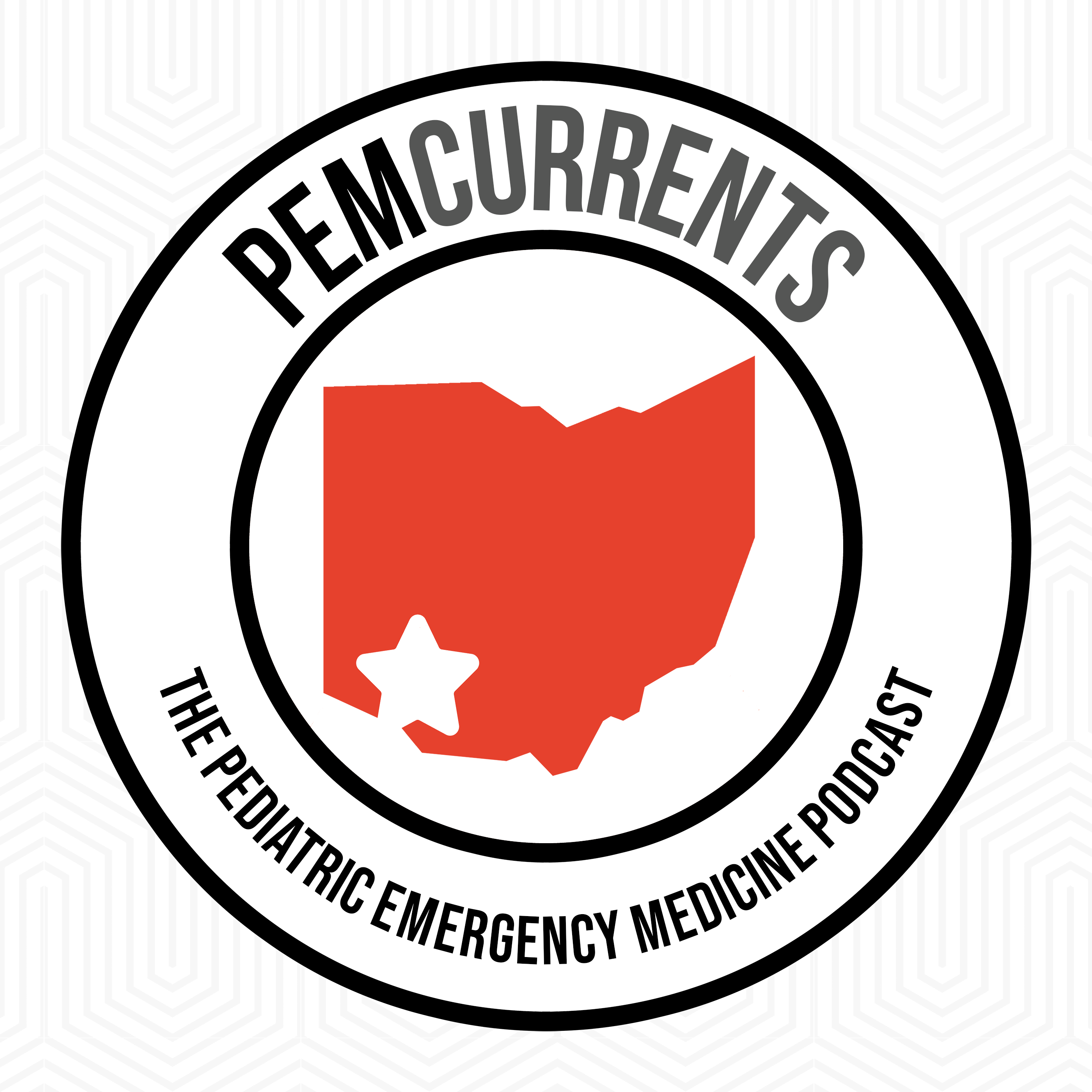You will see a child with a nosebleed in the ED. It is a mathematical certainty. Chances are it has already stopped. Even if it hasn’t you can stop it – and figure out why it happened – and provide reassurance and education to the patient and family. Yes, all of those things for one little bleeding nose… Listen to this podcast episode to learn stuff about epistaxis that will help you during an upcoming shift.
Listen

Managing Pain in Sickle Cell Vaso-Occlusive Crises – PEM Currents: The Pediatric Emergency Medicine Podcast
Subscribe
References
Béquignon E, Teissier N, Gauthier A, et al. Emergency Department care of childhood epistaxis. Emerg Med J 2017; 34:543.
Shay S, Shapiro NL, Bhattacharyya N. Epidemiological characteristics of pediatric epistaxis presenting to the emergency department. Int J Pediatr Otorhinolaryngol. 2017 Dec;103:121-124. PMID: 29224751.
Tunkel DE, Anne S, Payne SC, et al. Clinical Practice Guideline: Nosebleed (Epistaxis). Otolaryngol Head Neck Surg 2020; 162:S1.















